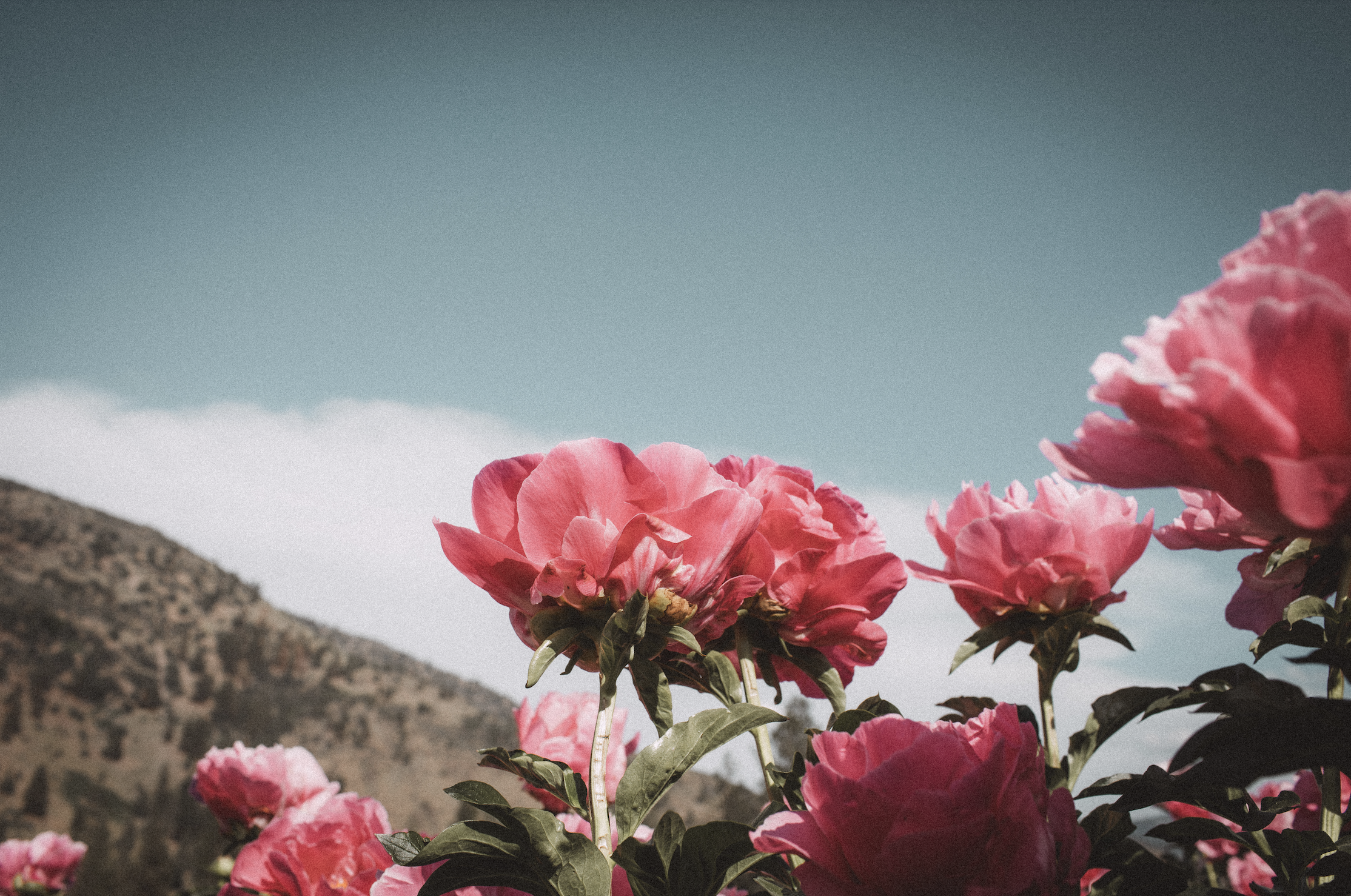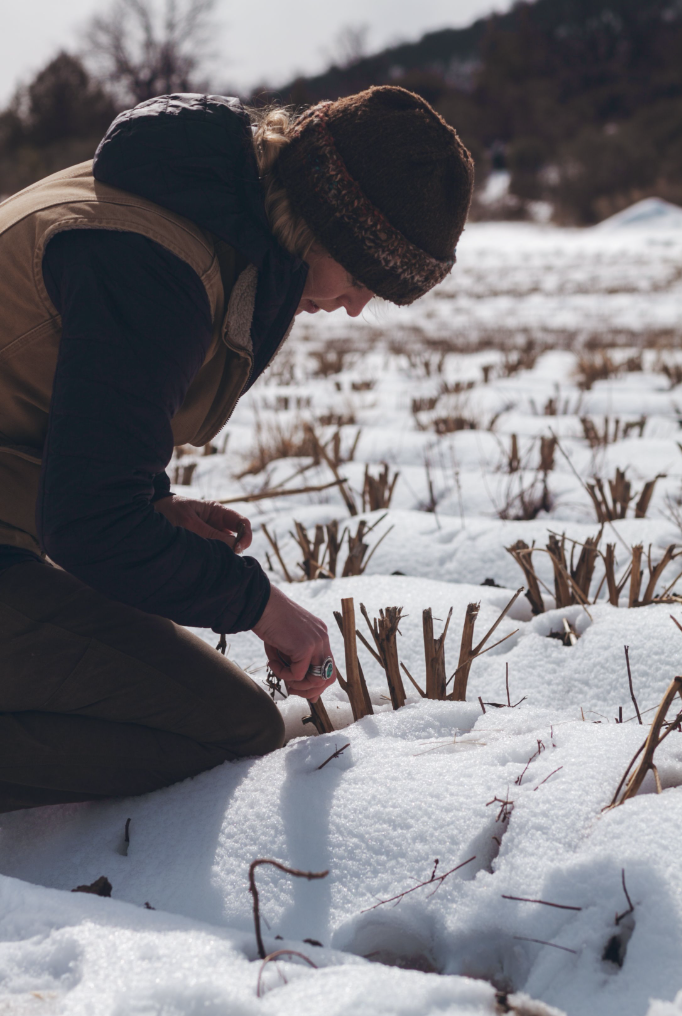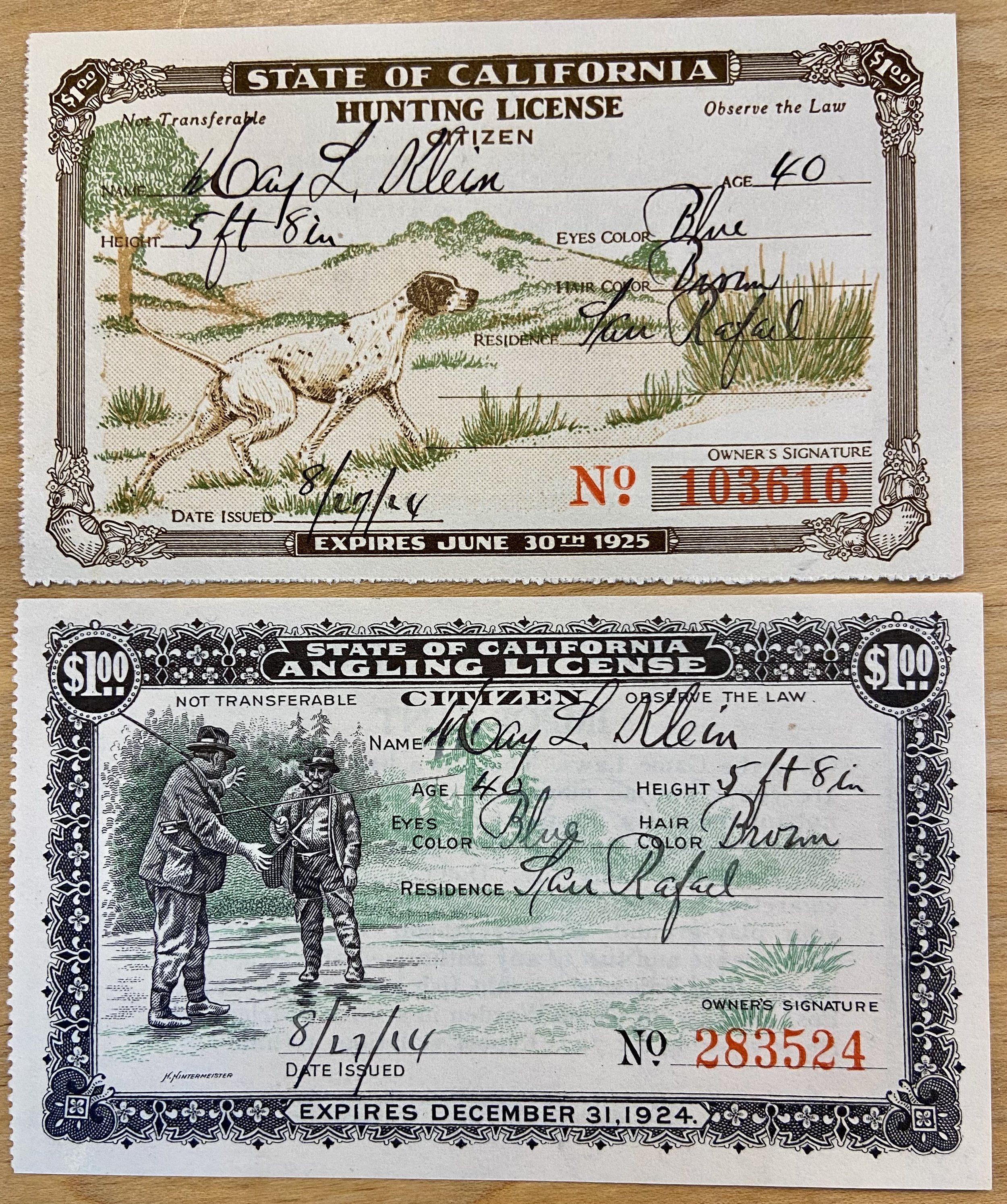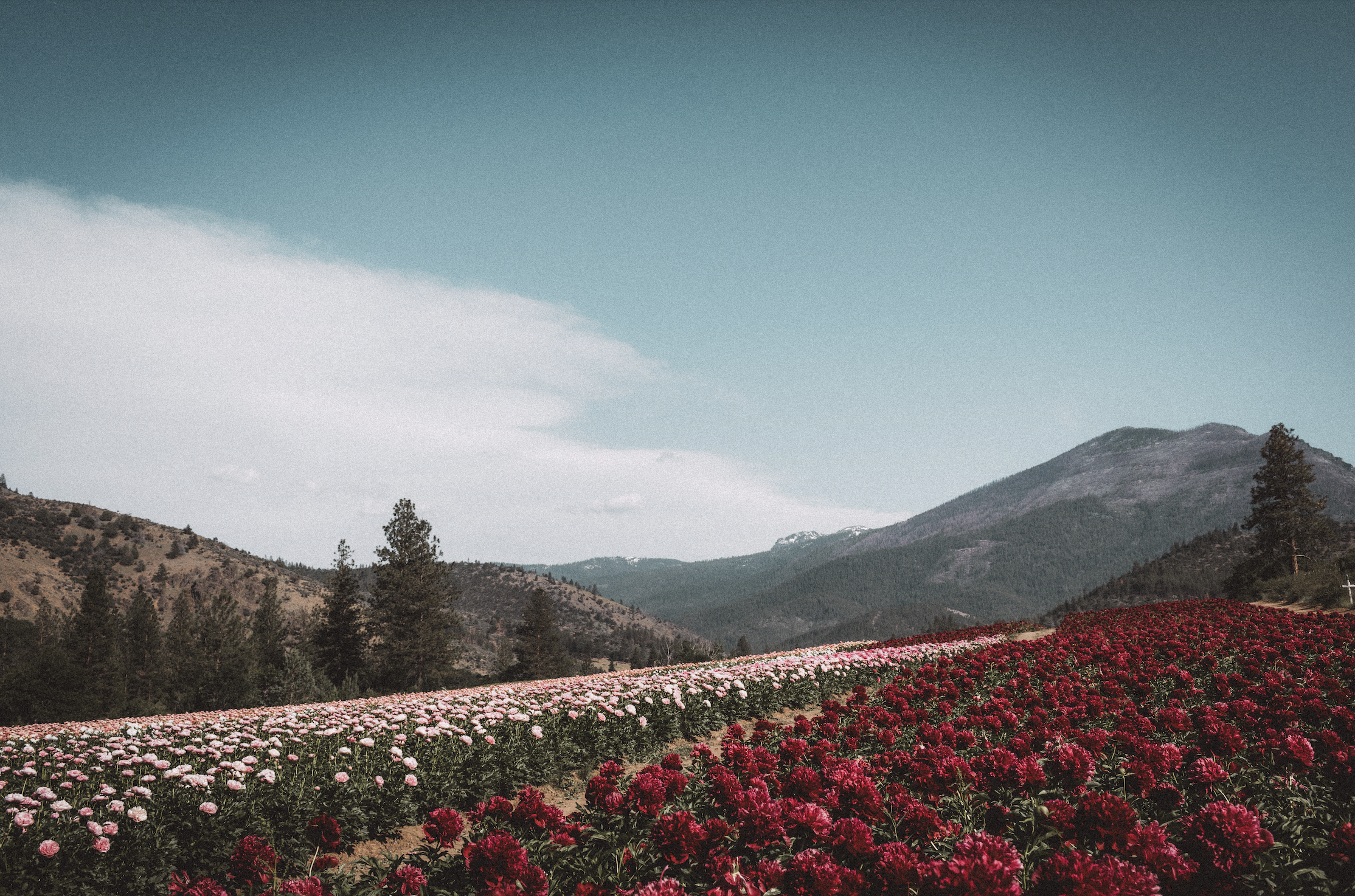Peony Root Planting Guide
Peonies will live for many decades, possibly even centuries if they are happy so the location you plant them in is worth taking some time to select and prepare. Peonies require a winter "chilling" period to stimulate new bud growth. This means they need about six weeks of temperatures below 40 degrees F. Peonies are grown successfully in USDA Growing Zones 3 - 8. Not sure what your growing zone is? Visit this link here: Find Your Growing Zone
Peonies will live for many decades, possibly even centuries if they are happy so the location you plant them in is worth taking some time to select and prepare.
Once you receive your peony roots, plant them as soon as you can. We recommended that you soak the roots for a couple of hours to rehydrate before planting. It is common for a bit of mold to develop on dormant roots. If the root tissue is soft where there is mold, then I would recommend cutting that part of the root off before planting.
Growing Requirements
Peonies require a winter "chilling" period to stimulate new bud growth. This means they need about six weeks of temperatures below 40 degrees F. Peonies are grown successfully in USDA Growing Zones 3 - 8. Not sure what your growing zone is? Visit this link here: Find Your Growing Zone
For the most part, peonies thrive in full sun. The more sun, the more blooms your peony will produce. If planted in less than full sun, your peonies will take longer to mature and won't produce as many blooms. If your growing zone is on the warmer end of their preference (Zone 8), then morning sun and afternoon shade would be best.
Well-draining soil with a neutral pH (6.5-7) is ideal for peonies. Peonies prefer a sandy loam — a soil with equal parts sand, clay, and compost. Peonies are honestly not too fussy and can survive in many different soil types but if you want them to thrive, I would recommend spending a little time to amend the soil upon planting.
How to Plant Peony Roots
Dig a hole 12 to 18 inches deep and 18 inches wide. Fill the hole back up about half full with amended soil. Place the root division with the eyes facing upward into the hole. Backfill the hole, making sure the eyes are not more than 2 inches below the soil surface (any deeper and the peonies will not bloom). Sometimes it can be tricky to determine which way to place the root because the eyes are not all pointed in the same direction and/or are at the same height. Just try to place the root so that the majority of the eyes are pointed up and 2 inches below the ground level and that all of the root is buried and angled down. Once the root is positioned, blend the soil you've removed with compost or a little high phosphorus fertilizer (if you have it) then fill in around the plant. If planting multiple peony roots, space the holes at least 3 feet apart.
Note: if you are planting in growing zone 8 or warmer, it is recommended that you plant the eyes closer to the surface (about 1” deep) so that they can feel more of the winter chill.
Planting Intersectional or Itoh Peonies
Herbaceous peonies will be completely covered with soil when they're planted. Intersectional/Itoh peonies may not be. They can retain some woody, above ground growth like tree peonies and sometimes there are eyes on the woody stems. For both types of peonies, the eyes on the root crown should be no deeper than 2" but Intersectional peonies might have eyes on the woody stems that will remain above ground.
Water thoroughly after planting. Water peonies heavily at least once a week during their growing season and more often during the hottest months. You can apply mulch around the plant to help retain moisture.
Peonies are low maintenance and easy to grow once established. If you are interested in maximizing their blooming potential then we recommend fertilizing in early spring as the peony plant emerges and testing the soil pH every couple of years to ensure it remains neutral (6.5-7).
The Beginning, The Very Beginning
Our beginning is a tale of a woman whose eyes must have been alight with wisdom and whose hands told a story.













